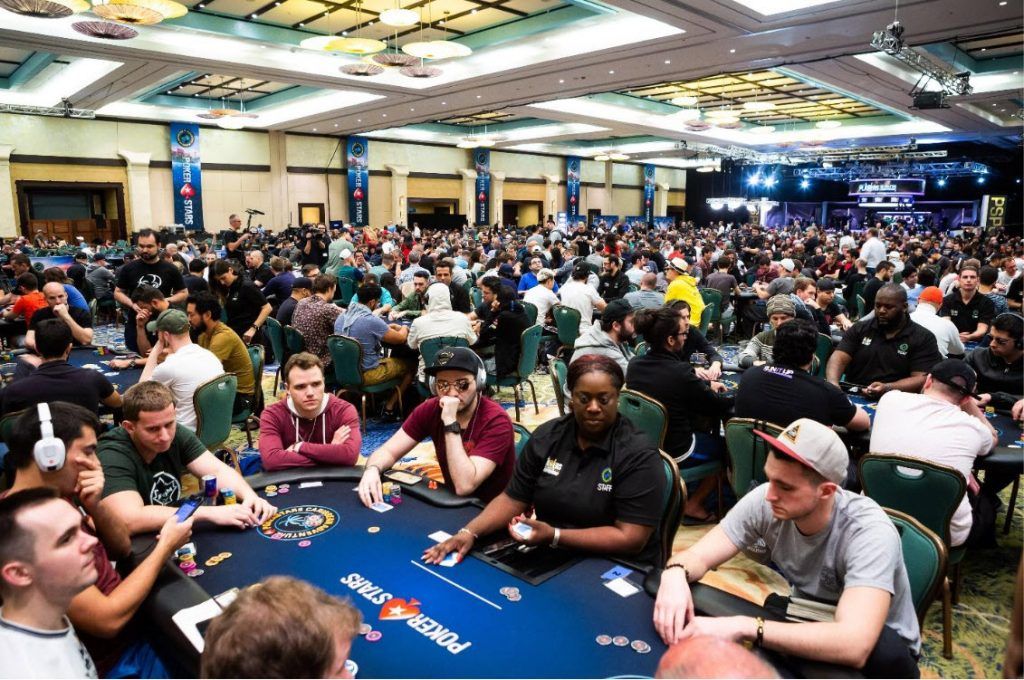According to estimates, the global games market brought will bring in around $150 million in 2019. Though it will be a relatively quiet year for consoles, with growth slowing later in the year in anticipation of the next generation of machines, e-sports will reportedly boom. Newzoo estimates that the total value of the esports market will be worth over $1.6 billion by 2021.
Gaming is big business, and it’s also becoming a competitive pastime and profession. And though there are plenty of remarkable games to watch out for in 2019, right now, the focus is on the competition. Let’s look at the top trends for 2019.
Battle Royal
The battle royal concept is simple: kill or be killed. Once you are out, you are left to observe or can re-spawn after a set round of time. It’s survival of the fittest, both as an individual and a team. While games like PUBG are already massively popular in the esports world, it is Fortnite that has taken the world by storm.
By mid-2018, Fortnite, by Epic Games, already had 125 million active users. Part of the game’s popularity is down to its accessibility. It is free to play and easy. Still, at the top level, this is a competitive game.
Epic Games even runs regular tournaments and events right through the client, meaning anyone who is good enough can play for prizes. Epic Games have also announced that in 2019, they will dedicate $100 million to Fortnite competitions, which will, in effect, catapult the game to the status of the richest esport in prize money.
Tournaments for the Players

Fortnite is a shining example of a game that has success based on its accessibility and player-centric approach. It’s also a trend that holds true for poker, a hugely competitive online and live game. To make live tournaments more accessible, PokerStars recently held the Players Championship (PSPC) event in the Bahamas.
The company added $8 million in prizes to the event and a further $1 million for the overall winner. They also gave away more than 300 Platinum Passes, which granted players from all around the world free entry to the tournament. Over 45 of these players won prizes, including the eventual tournament winner Ramón Colillas, who took home a cool $5.1 million.
What was fascinating about the tournament was that the players even had a say in the structure, including the starting chip stack sizes, blind level times and the number of levels per day. In 2019, we can expect to see more of a trend toward accessibility, added value and player-centric competitions that encourage a wider segment of players to get involved.
Gaming Competitions Accepted as Sports
There’s been a lot of debate about whether to categorize esports as the same as physical sports and about the potential of broadcasting the two together in the future. The debate will continue, but the direction now looks clearer.
Meanwhile, Asia has moved ahead in that way, especially South Korea. In 2019, competitive games like Dota 2, Starcraft II and Tekken 7 will be medal sports at the Southeast Asian Games.
Will esports be at the Olympics 2020? It’s unclear right now, but the fusion with traditional sports has already begun, with many sports teams now investing in esports teams. For example, the owner of the New England Patriots Robert Kraft has bought the Boston Overwatch Team Uprising for $20 million.
Sponsorship from Non-Gaming Companies
The global esports audience will reportedly be 456 million in 2019, so whether it is accepted as a sport or not, the general public will have to admit its pulling power.
This popularity also brings with it more advertising and sponsorship from non-endemic, non-gaming companies, such as telecom giants. The Head of Partnership at Riot Games, Naz Aletaha, says that quick-service restaurants (commonly known as fast-food chains), male grooming and apparel companies will all benefit from tapping the market.
Players too will feel the benefit from an increasing mass audience, as they become celebrities and household names on their own. Most recently, League of Legends player “Uzi” appeared in a Nike advert with LeBron James while several Virtus team members have featured on Russian commercials.
So, there you have it: Battle royal games will gain momentum, tournaments will become more player-centric, video gaming may gain mainstream recognition as a sport and companies will all want a slice of the action. That’s the top competitive gaming trends for 2019.

